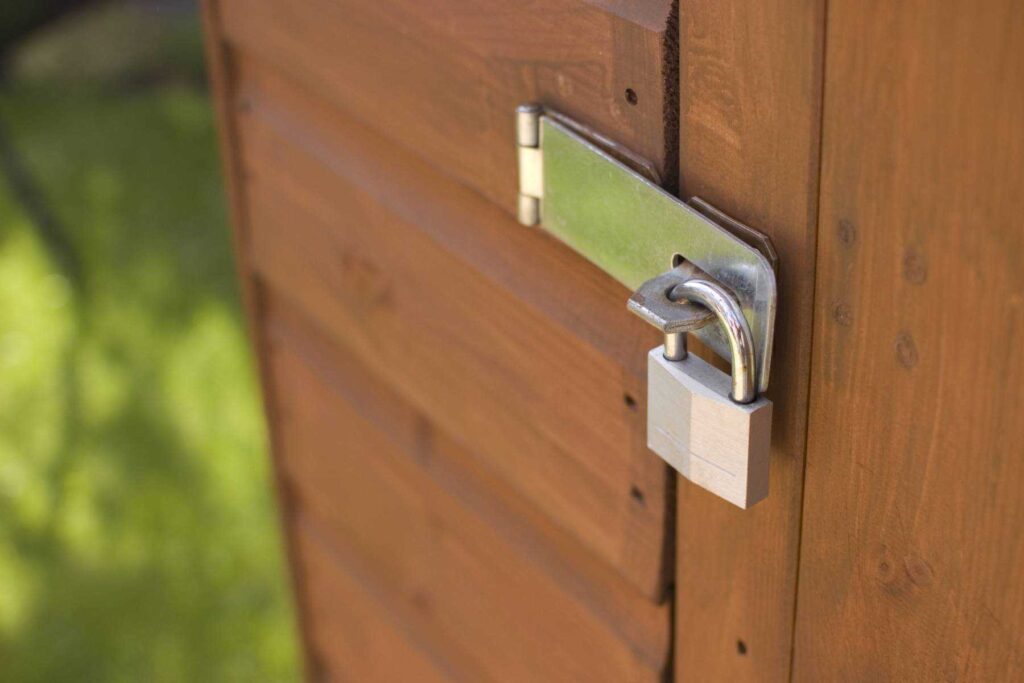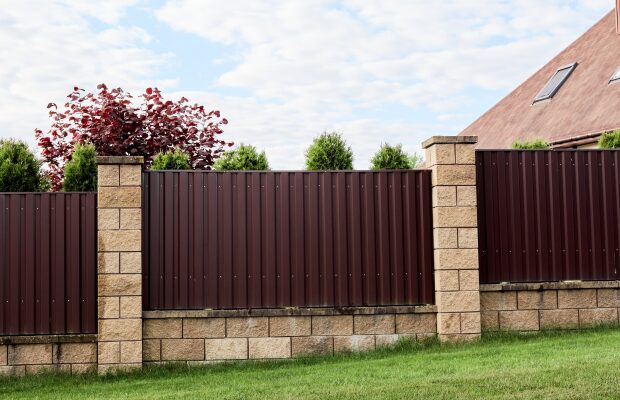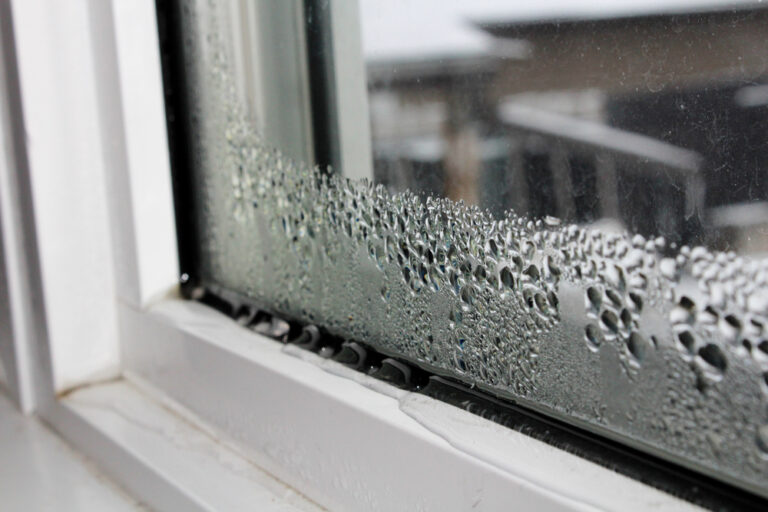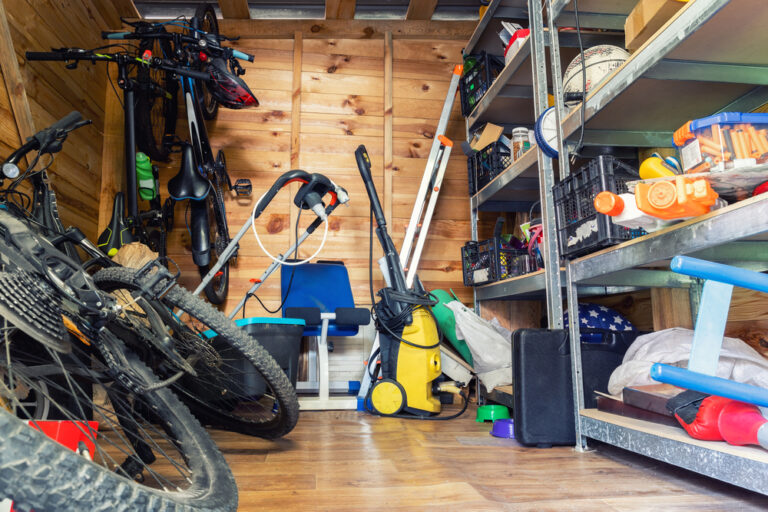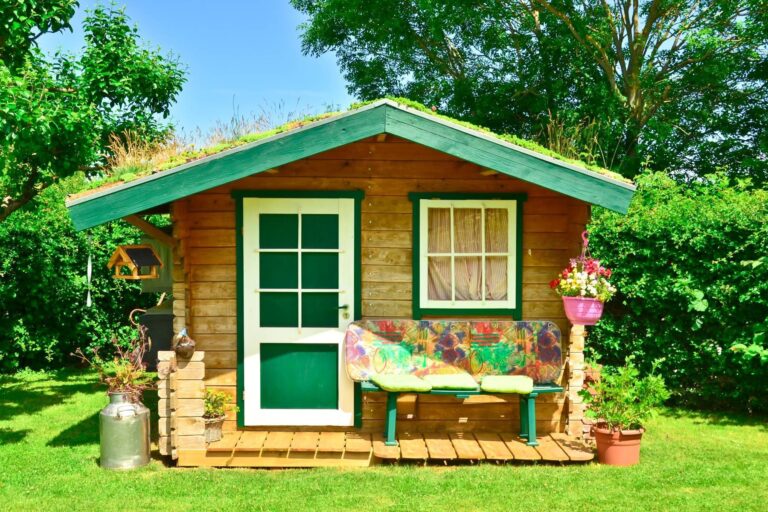Around one in 10 people in the UK have had their garden outbuildings broken into in the past, with an average of £350 worth of belongings stolen each time.
| Item | Percentage of thefts |
| Tools | 42% |
| Bikes | 39% |
| Plants | 23% |
| Working equipment | 23% |
| Lawnmowers | 23% |
| Garden decorations | 23% |
| BBQs | 21% |
| Furniture | 21% |
| Sporting equipment | 18% |
| Gym equipment | 16% |
Research by confused.com, May 2021
Sheds are often targeted by thieves, as they can contain high-value items and can often be broken into without being seen.
Here, we’ll reveal 10 things you should do to keep your shed secure and explore steps you can take to protect your property’s outbuilding from damage or decay that could make it more attractive to thieves…
Keeping your shed secure: 10 things you need to do
1. Conceal your shed
If a thief can’t see your shed from the road or over a fence, they won’t be certain that you have one – meaning they’re less likely to risk a break-in attempt.
Hide your shed from view by putting up higher fences or growing taller hedges.
2. Secure entrances to your garden
The best way to stop a thief reaching your shed is by making it harder for them to access your garden in the first place.
As well as higher fence panels and hedging, install a heavy-duty gate and lock where your garden is accessed from the road.
Thieves don’t like challenges, so if your garden looks too difficult to access, the vast majority won’t even try.
3. Secure your shed roof and windows
Amazingly, many thieves remove shed roofs in order to access the contents inside.
So, ensure your roof is firmly nailed or bolted down.
Plastic shed windows can also be easy to remove, while glass can be broken.
Consider wooden or metal shutters that are secured with a padlock – or better still, install a windowless shed.
4. Hide items from view
If your shed does have windows, a quick peak through often provides enough temptation for a thief to risk a break-in.
Put up blinds or curtains, so thieves can get an easy look at what you have and pack away tools and other high-value items in boxes or containers so they can’t be seen.
5. Make your shed door secure
Standard shed doors, unfortunately, often require very little effort to prise open.
In order to fully protect your shed and its contents from thieves, you should install a framed door that can be used with a strong Yale lock.
External hinges should be fitted with strong coach bolts, while insurance-approved padlocks can provide an added layer of protection.
6. Secure what’s inside your shed
Concealing the contents of your shed from view by putting items in boxes and containers is one thing.
But if you really want to add a further layer of security, you could consider putting things like tools in lockable cupboards or drawers.
Larger items, meanwhile, can be bolted or chained to the floor or shed frame, making it even harder for a thief to get away with your belongings.
7. Fit security lights
Most shed break-ins take place under the cover of darkness, because no thief wants to be seen.
By installing motion-sensitive security lights, you can light up a thief’s activity, while many will be put off even attempting to break in simply by the sight of good lighting.
8. Install a security camera
Thieves are even more petrified of security cameras than they are of lights, as modern systems can record their crimes in superb quality.
Most security cameras require a mains supply, but modern versions can send video directly to your smart phone or computer and are triggered by motion.
Motion-sensor alarms can also be a great deterrent and work in the same way as motion cameras.
9. Anchor your shed to the ground
Small garden sheds are often extremely lightweight – which means they can potentially be lifted and tipped over by the most determined thieves.
Consider anchoring your shed to a concrete base or take a look at some of the wooden shed anchoring kits that are available if your own outbuilding sits directly on the ground.
10. Make sure you’re covered with insurance
Unfortunately, break-ins are still likely to happen – even with the toughest of security measures in place.
So, it’s a sensible idea to take out adequate insurance in case the worst should happen.
Check your home and contents insurance small print to see if items in sheds are covered for theft or accidental damage and either tweak your policy or take out a new one for peace of mind.
What can I use to protect my shed?
Protecting your shed from the elements is hugely important, as damage caused by the weather can weaken it and make the structure more vulnerable to break-ins.
Your options for protecting your shed against weather damage include:
• Shed preservers
• Wood stains
• Exterior wood paint
• Wood oil
What is the best shed preserver?
Wood preservers come in various forms, including specific types for sheds, fences and other exterior wood.
Essentially, though, they all do the same job – which is protecting wooden structures against weather damage.
Solvent-based preservers
Solvent-based preservers are often able to penetrate the wood better, providing additional protection.
Water-based preservers
Water-based preservers are easier to use and are generally more environmentally friendly.
Which type of preserver is best will depend on the type of shed you have, but most are available in clear or coloured form, meaning you’ll always be able to achieve the look you want as well as the protection.
Other treatments for wooden shed protection
As well as wood preservers, you could consider a wood stain, paint or oil for your shed.
Wood oils, meanwhile, tend to add an additional layer of protection on top of a preserver.
How to protect a shed from termites
Termites can cause huge damage to sheds.
In fact, it’s estimated that a colony can eat their way through a piece of 2×4 pine in less than six months.
To stop termites taking hold and weakening your shed’s structure:
• Fill cracks and holes around the shed that could be used by termites
• Use a legally approved insecticide to eliminate an existing termite colony
• Paint your shed, as termites don’t eat anything that doesn’t contain cellulose
• Cover exposed wood, such as firewood, from dampness as this attracts termites
• Make sure your shed is adequately ventilated
• Remove any existing rotten wood and any standing water
Do I need to treat the inside of a shed?
Painting the inside of your shed can make it more visually appealing, but there is no need to do this for maintenance or protection purposes.
How to protect a shed from wind
The best way to protect your shed from strong winds is to maintain it throughout the year.
You should:
• Ensure your shed roof is fixed properly and replace any nails or screws where required
• Ensure your roof felt is properly fitted and replace any areas that have split or are damaged
• Make sure doors and windows are secure
• Check your shed is sitting properly on its foundation and consider anchoring it to the ground
Further reading…
Outbuildings can add value to your property – but how much? Our guide tells you everything you need to know.
And if adding value is on your agenda, take a look at these kerb appeal ideas and these simple DIY jobs you can take on to make your property really stand out.
